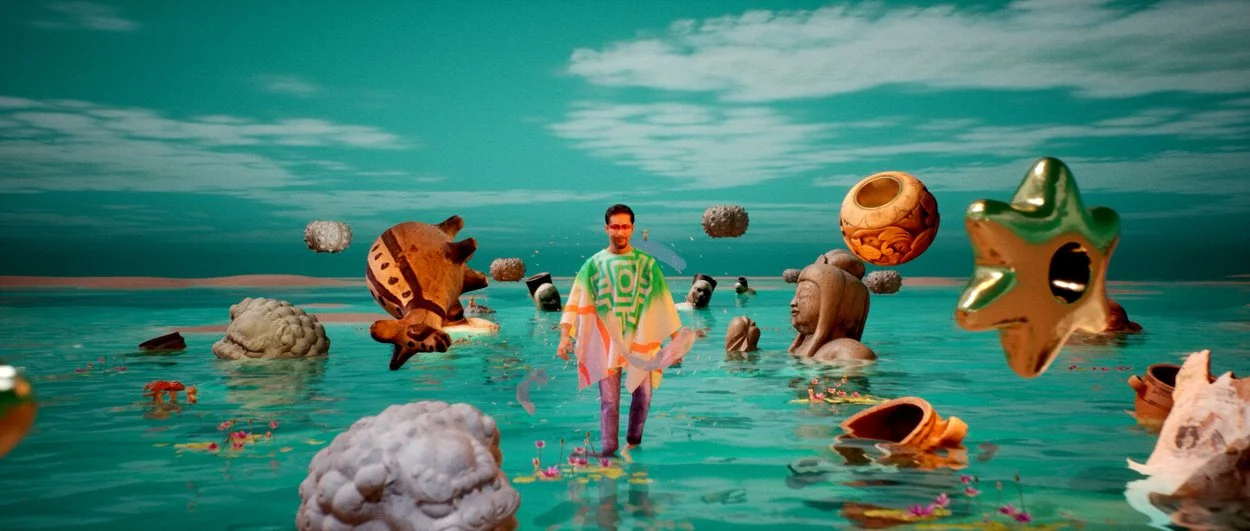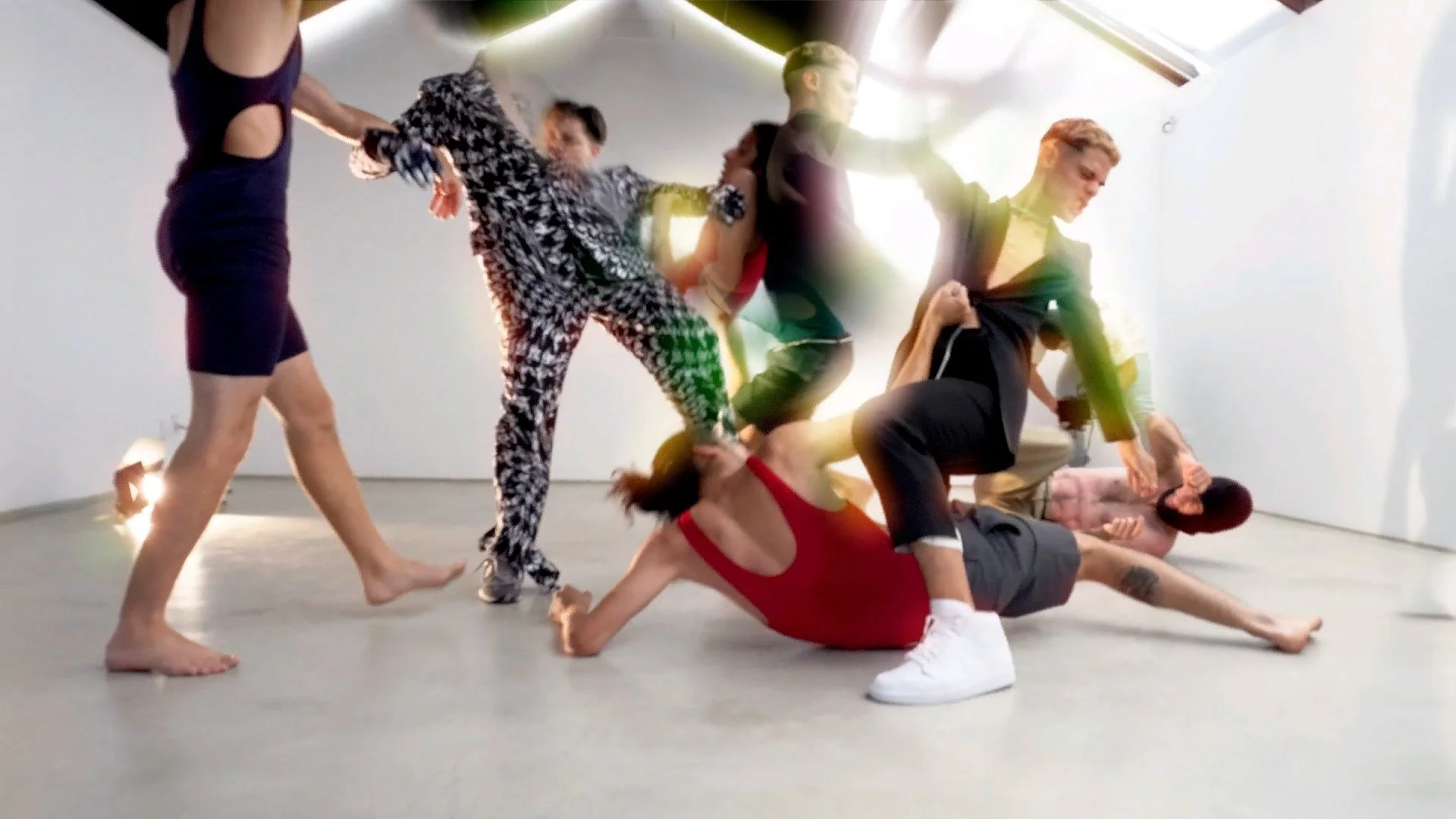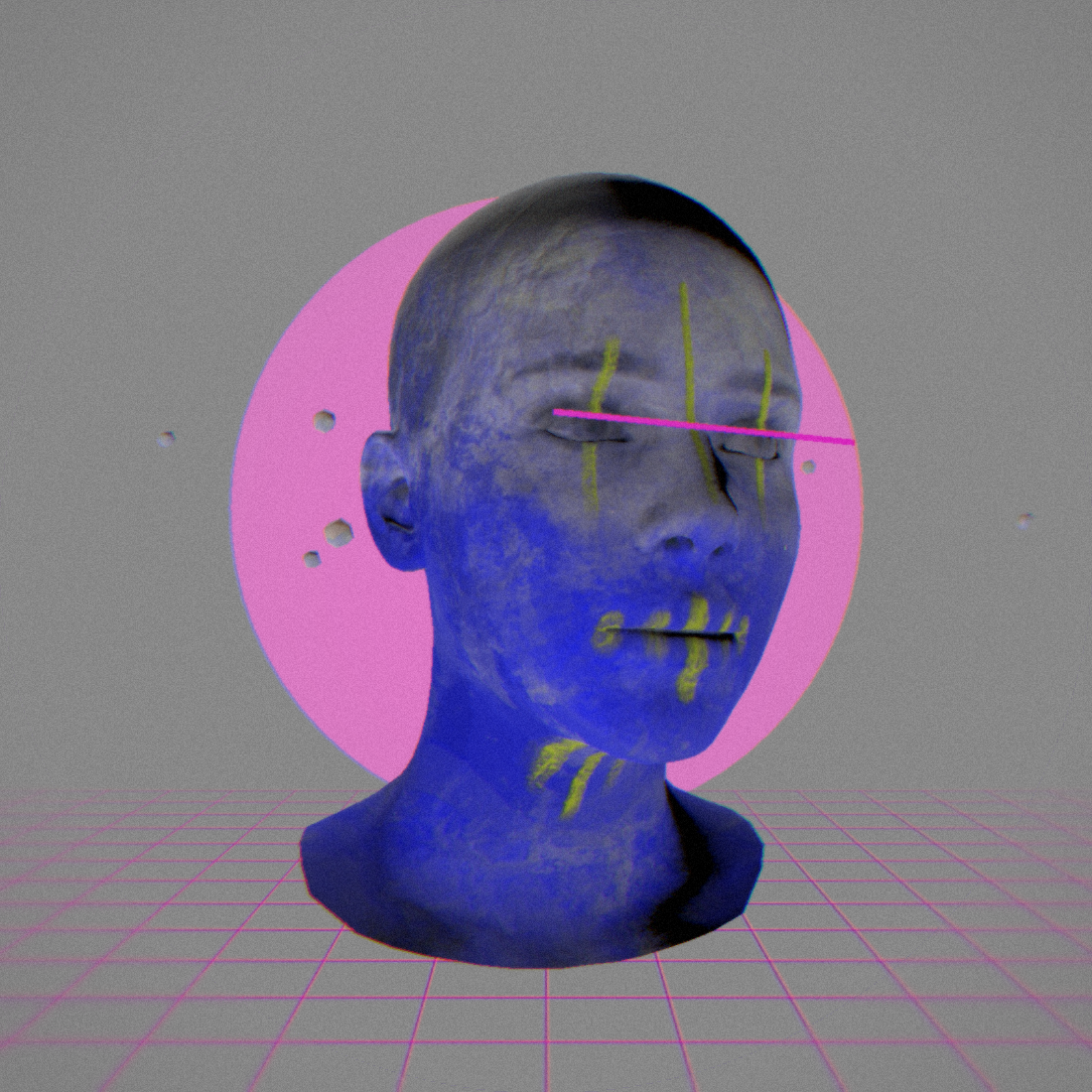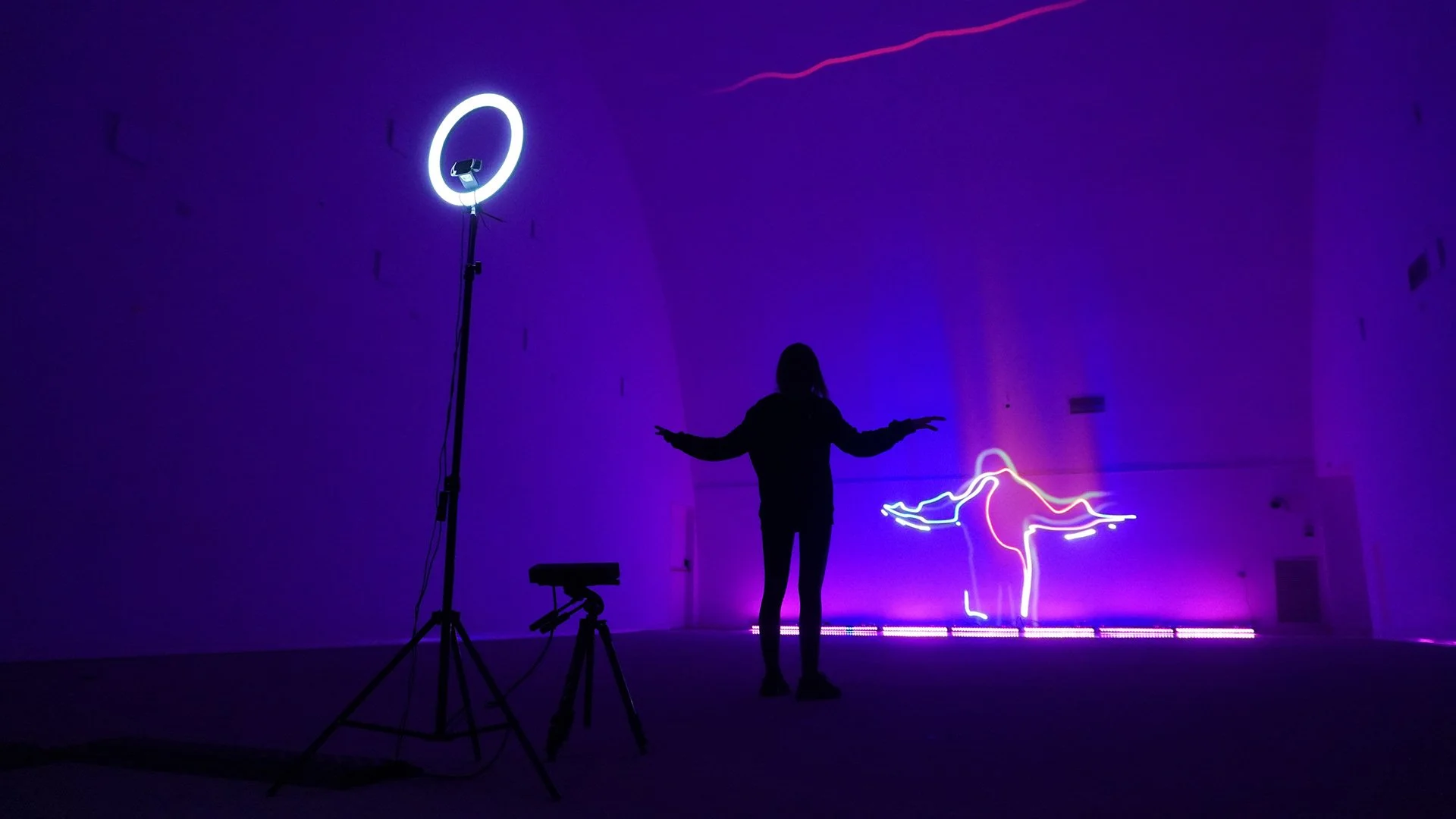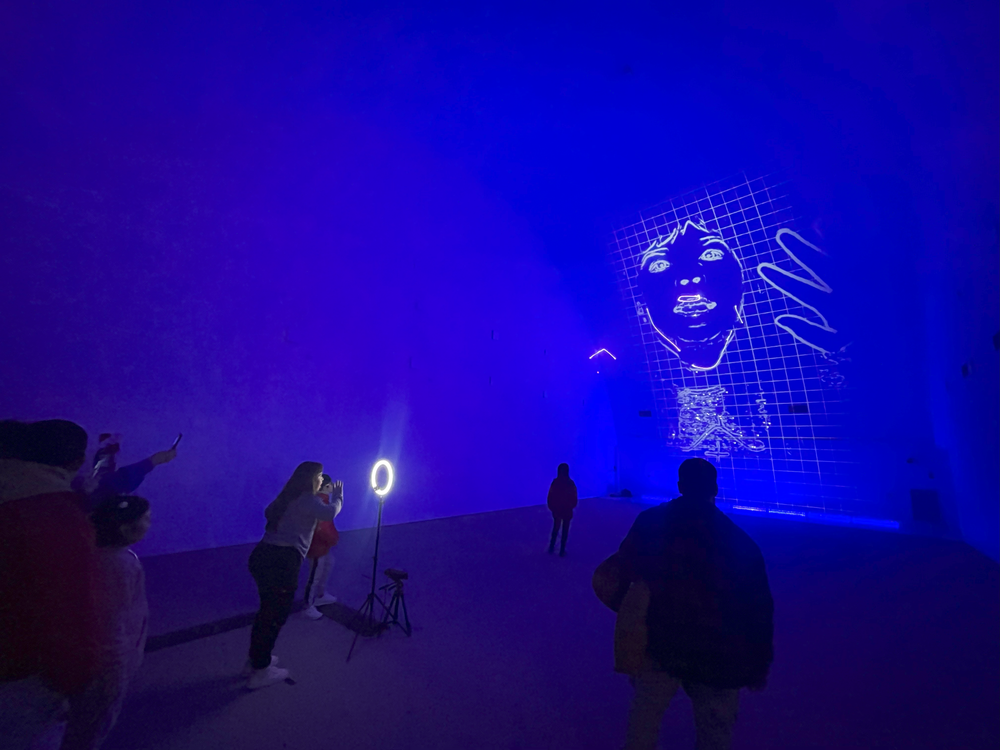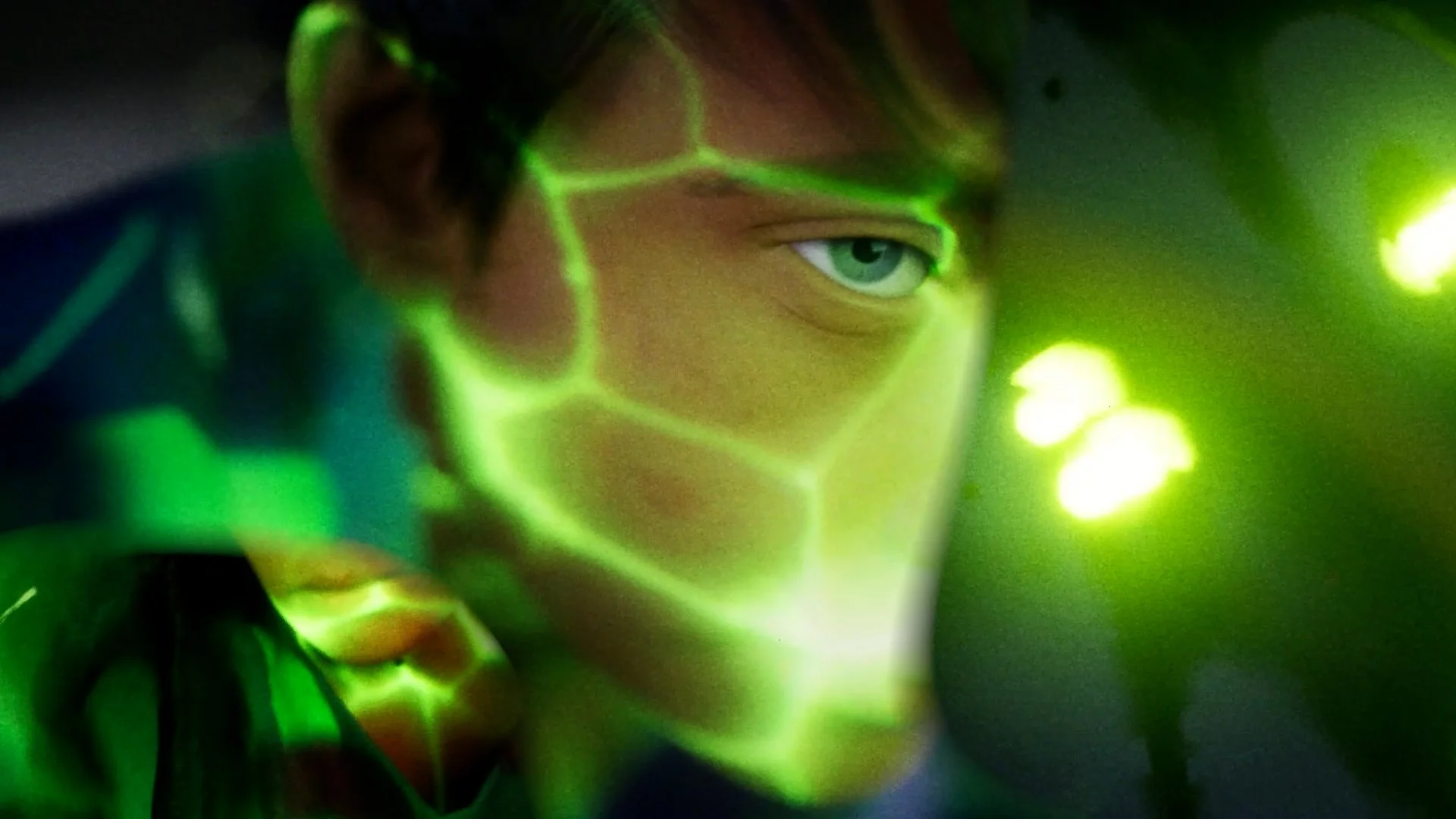No Instructions Needed: Exploring Digital Play with Laureano Solis
By Cansu Peker
Laureano Solis is a graphic developer specializing in real-time 3D interaction and immersive digital experiences. Based in Valencia, Spain, with roots in Argentina, he blends design and programming to create innovative artistic and commercial projects using cutting-edge technology.
With a strong focus on interactivity, Laureano designs and develops 3D environments for browsers, allowing users to explore immersive, real-time digital spaces across multiple platforms. His expertise opens up new possibilities for artistic, commercial, and educational applications.
In the cultural sphere, Laureano has extensive experience crafting audiovisual content for live shows. His work includes 2D and 3D animation, concept design, and visual storytelling tailored to musicians and performers. He collaborates across diverse genres — from electronic music to cumbia and rock — developing visuals that enhance live performances and align perfectly with each artist’s style.
We asked Laureano about his art, creative process, and inspirations.
What first drew you to real-time 3D and interactive environments?
What really drew me to real-time 3D and interactive environments was the openness and unpredictability they offer.
Within my process, I enjoy leaving room for surprise — allowing a project to evolve beyond my initial expectations.
Sometimes these surprises emerge from the use of random values in code, leading to unexpected and interesting outcomes. Other times it’ comes from people interacting with the piece in ways I didn’t plan for.
I really love when a project starts to evolve and finds its own way beyond my imagination.
What’s been one of the most challenging but rewarding projects you’ve worked on recently?
Recently, I created a series of video clips using Unreal Engine. I had used the engine before, but always as part of a team — this time my goal was to build something entirely on my own.
I started by creating some demo pieces to explore my own style. Eventually, some music producers reached out after seeing the work and asked me to create music videos for them.
It was really satisfying to see something that started as a personal exploration turn into a real collaboration.
What tools or technologies are you most excited about right now in your creative process?
I’m really drawn to working with real-time engines at the moment. There’s something incredibly intuitive and playful about being able to tweak elements live and see the results instantly.
I’m also very interested in exploring more collaborations with choreographers and actors engaging my projects with human performance. I’m looking to collaborate to create interactive scenes where movement and presence become part of the digital composition.I want to create projects where the digital world is engaged by human performance.
A lot of your work lives in the browser — what do you love about working in web-based 3D environments?
I first got into web-based 3D when I was working on some NFT collections. I was using Unity to create and render scenes in real time, but I quickly realized I wanted people to be able to control and interact with the scenes just like I was. So, I decided to try recreating them using a game engine that could run directly in the browser. That was the starting point for everything.I also wanted people to play — kind of like a video game, but without a specific goal. Just something they could explore, driven by curiosity and fun. I started sharing links to the projects so others could experiment, interact, and even create their own renders and content. What excites me most is how the browser makes 3D work more accessible and open, turning it into something people can engage with on their own terms.
What’s something people often misunderstand about real-time digital art or interactive design?
I’ve noticed that people sometimes approach interactive work thinking there’s a right way to use it — they’ll ask things like, “What am I supposed to do?” or “How do I win?” Like they’re expecting rules or a clear objective. But for me, it’s not really about that. I want people to explore and just play around, without needing permission or instructions. That’s why I love when kids interact with my pieces — they don’t overthink it, they just jump in and try things out. They’re curious and open, and that’s the kind of experience I’m really trying to create.
What is a dream project you’d like to make one day?
I’d really love to create a real-time performance that brings together actors, technology, and the audience — something where all those elements interact live. I imagine a show where the digital environment responds to the performers and the audience in real time, so the whole piece evolves differently each time it’s shown. It would feel more like an experience than a traditional performance — something immersive, unpredictable, and alive.
Have there been any surprising or memorable responses to your work?
Yes, definitely. In between commercial projects, I often create personal explorations — just things I’m curious about or want to try. What’s been really surprising is how those experiments often catch the attention of other artists or studios. I’ve had people reach out to collaborate, or even offer me the chance to test new equipment or tools. That kind of response means a lot to me. I’ve also found myself getting involved in research and development work, using my creative workflows to support studio projects. Honestly, that’s like a dream come true — being able to explore and experiment as part of my job.
What is a fun fact about you?
A funny thing about my work is that I spend a lot of time using game engines, but I’m not actually playing games right now. I really enjoy the process of creating and experimenting, that’s where most of my energy goes. I know if I start gaming again, I’ll get way too into it and end up spending hours that I’d rather use for making things. So for now, I’m more of a builder than a player.
What else fills your time when you’re not creating art?
My family and I recently moved to Valencia / Spain, so a big part of my time now is spent getting to know the local art scene and connecting with other creatives here and around Europe. I also love getting to know the city — just walking around, exploring, and spending time in nature. A big part of my day is also playing with my child and enjoying life as a family.
Lately, I’ve also gotten back into inline skating. Doing something physical and fun like that really helps clear my mind. I’ve found that stepping away from the screen — even for a short while — often brings me back with fresh energy and new ideas.


